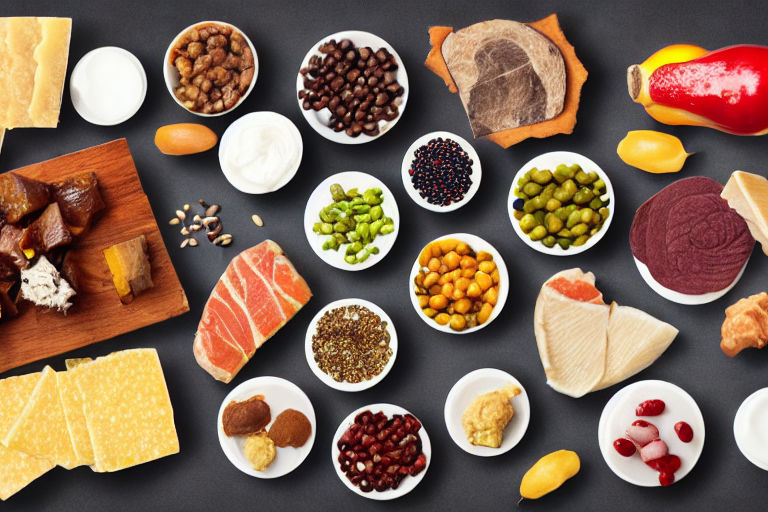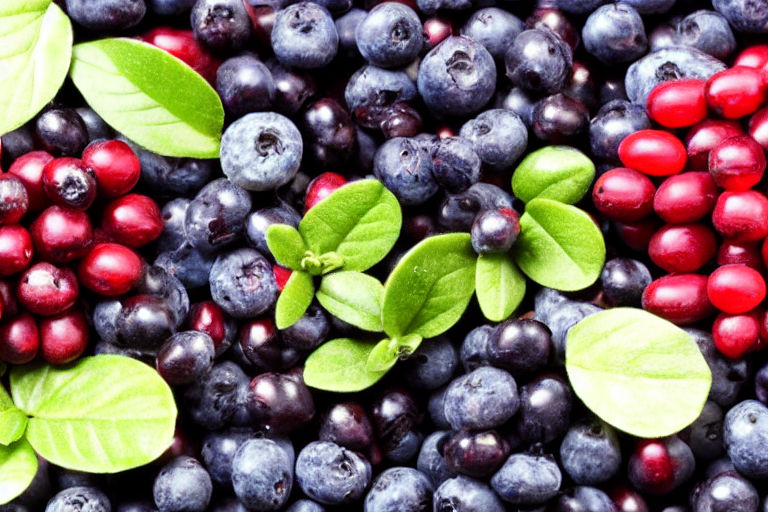The Art of Food Pairing: A Guide to Combining Flavors and Textures
Food pairing is a technique used in cooking that involves pairing foods together based on their flavors and textures to create the perfect dish. Pairing foods that complement each other takes some skill and practice, but it can greatly enhance a meal.
Understanding Flavors
Flavors can be broken down into five basic tastes: sweet, sour, salty, bitter, and umami. The key to food pairing is to find foods that complement each other without overwhelming the taste buds with one particular flavor. For example, a dish that is too salty will overpower other flavors, while a dish that is too sweet will be cloying.
Texture Matters
Food pairing doesn't just involve flavors; texture is also an important factor to consider. The texture of a food can enhance or detract from the overall eating experience. For example, pairing crunchy foods with smooth or creamy foods can create a pleasing contrast, while pairing two crunchy or two creamy foods together can be monotonous.
Complementary Pairings
Complementary pairings involve pairing foods that share similar flavors or textures. For example, a sweet dessert can be paired with a sweet wine, or a buttery fish can be paired with a buttery Chardonnay. These pairings enhance and amplify the flavors and textures of each component.
Another example of a complementary pairing is pairing a tangy citrus sauce with a rich, fatty meat like duck. The tartness of the citrus sauce cuts through the richness of the meat, creating a balanced and delicious dish.
Contrasting Pairings
Contrasting pairings involve pairing foods with opposite flavors or textures. For example, a spicy dish can be paired with a refreshing drink like iced tea, or a salty dish can be paired with a sweet dessert. These pairings create a dynamic and exciting eating experience.
Another example of a contrasting pairing is pairing a crunchy granola with a smooth and creamy yogurt. The textures of the two foods complement each other, while the sweetness of the granola contrasts with the tanginess of the yogurt.
Experimentation and Practice
Food pairing takes some skill and practice, but the key is to experiment with different combinations of flavors and textures to find what works best. Trust your taste buds and don't be afraid to mix and match ingredients. Whether you're cooking for friends and family, or just for yourself, the art of food pairing can greatly enhance your eating experience.
Remember, a great meal isn't just about the taste of the food; it's about the experience as a whole.



